(Above) The gardening group at Richmond Hill CC. From left, Ross and Rosemary Simone; Mjr Tim Andrews, CO; Tom Brown; Wonder; Maryiam; Someya; Lori Rogers; Jeff Locke; Mjr Krista Andrews, CO; Mary Halbert; Aux-Cpt Ellie Bagheri, assistant CO, Persian ministries, Richmond Hill CC; Cameron Fraser (Photo: John Halbert)
Every summer, the community garden at Richmond Hill Community Church, Ont., comes alive with colour, laughter and the smell of freshly turned earth. For years, this small patch of ground has been the lifeblood of our congregation’s ministry in the warmer months. We’ve planted vegetables, nurtured seedlings into harvest and shared baskets of produce with our volunteers, neighbours and families through our community services program.
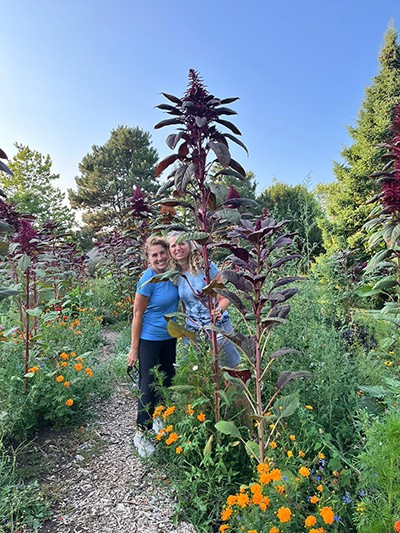
(Photo: Major Krista Andrews)
As a pastor, I had never led a church with a community garden. But I quickly learned that it is more than just a growing space—it is a classroom, a kitchen table and a sanctuary. The garden teaches practical skills to our community, builds bridges between neighbours who might never otherwise meet and provides nourishment for both body and soul. Most importantly, it has become a place where ministry happens in the most natural way: shoulder to shoulder, with hands in the soil.
When the Soil Needed Rest
Last year, however, something shifted. Our tomato plants were struggling. After a little research, we discovered the soil was depleted—it needed calcium and replenishment. We had a choice: we could try to “fix” the problem quickly, or we could take a lesson from Scripture and allow the ground to rest.
The Old Testament speaks of the practice of letting the land rest: “But in the seventh year the land is to have a year of sabbath rest, a sabbath to the Lord. Do not sow your fields or prune your vineyards” (Leviticus 25:4). Sabbath is not only for people; it is for creation itself. In choosing to Sabbath the soil, we were acknowledging that this garden belongs first to God, not to us.
This was not an easy decision. We love our garden. We love the community it builds. To rest the soil felt risky. Yet Sabbath always requires trust.
As John Mark Comer writes in Practicing the Way, Sabbath is “an act of resistance against the tyranny of more.” It is a way of saying: I am not what I produce, and God will provide.
So instead of planting our usual vegetables, we scattered flower seeds. We educated our neighbours about what it meant to let the land rest, and we surrendered the season to God’s care. We did not tend with the urgency of production, but with the expectation of rest.
A Sabbath Surprise
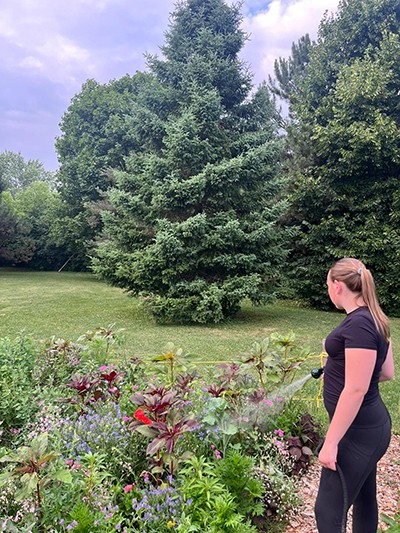
(Photo: Major Krista Andrews)
And then came the surprise. Out of the resting soil rose blossoms—bright, tall and beautiful. Each week we returned to discover new colours bursting forth like gifts we hadn’t planned for. The flowers attracted people from all over the neighbourhood, who stopped to admire, ask questions and linger in the peace of the space.
On Wednesday evenings, our team made it a practice to simply be present—to water the garden, to welcome neighbours, to sit in conversation. What emerged was more than a garden; it became, in essence, a Sabbath space. A place of beauty. A place of rest. A place where people encountered God not through rows of tomatoes and cucumbers, but through wildflowers dancing in the wind.
Lessons from the Sabbath Garden
We’ve learned much from this practice of letting the soil rest:
- Sabbath is risky. It requires us to stop, release control and trust God with outcomes.
- Sabbath is restorative. The land is replenished, but so are we. Our volunteers found renewal in a slower rhythm.
- Sabbath is surprising. God often fills empty spaces with unexpected beauty.
- Sabbath is for mission. By resting, we created space for God to minister—not only to us but through us, to our community.
The garden has taught us that Sabbath is not about loss but about gift. When we release our striving, God surprises us with abundance.
As a church, we are learning that we need regular Sabbath rhythms—not just for our soil, but for our lives, ministries and communities. Sabbath is where we remember that God is God and we are not. It is where we learn to live not from striving but from trust. And it is where we discover that God always has more beauty to give than we could ever imagine.
Sabbath Practice for Daily Life
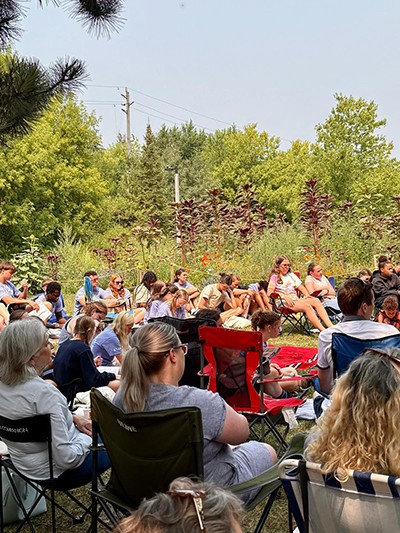
community garden (Photo: Major Krista Andrews)
The surprise of our Sabbath garden is a reminder that God meets us when we stop. You don’t need a plot of land to practise Sabbath—you need only a willingness to trust God with your time and let go of productivity for a moment. Here’s a simple practice you can try this week:
- Pause the Work. Choose one small area of your life to let rest. For a set time (an hour, an evening or a day), stop tending it. Release it to God.
- Plant Beauty Instead. Instead of filling that time with chores or screens, plant something life-giving: read a Psalm, take a walk, light a candle or share a meal slowly with loved ones.
- Trust the Process. Resist the urge to check results. Don’t evaluate, don’t measure. Sabbath is about surrender.
- Receive the Gift. At the end of your Sabbath pause, reflect: What did I notice? Where did God surprise me?
Remember, in a society that prioritizes productivity, measures worth by success and glorifies hustle culture, Sabbath rest is a radical act.
Major Krista Andrews is the corps officer at Richmond Hill Community Church, Ont.




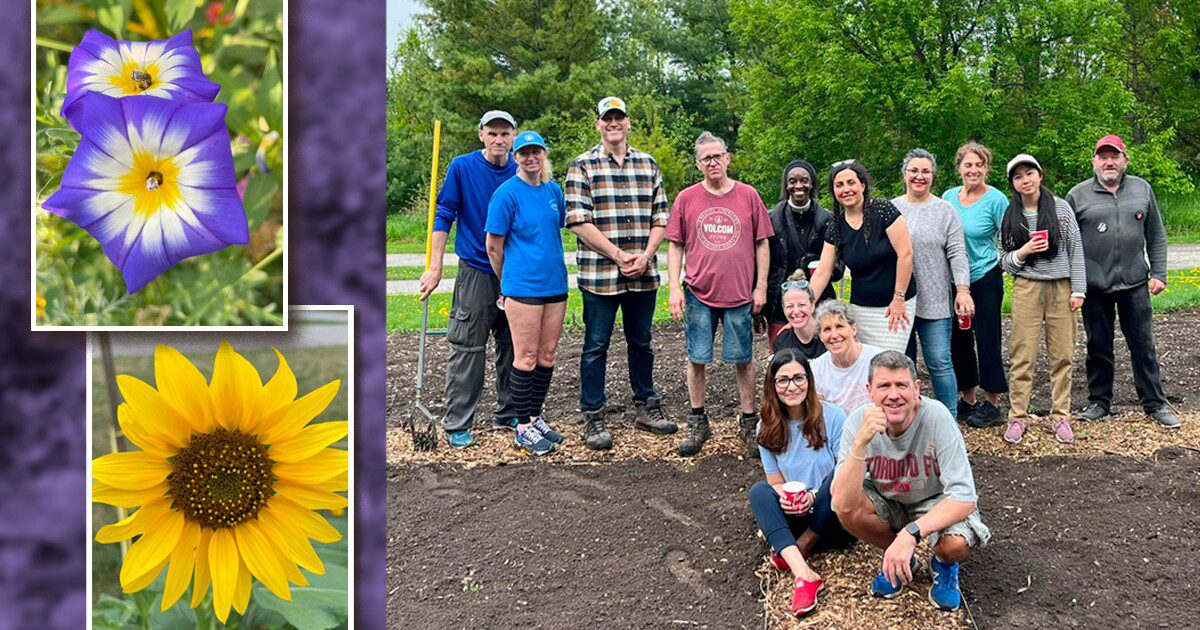
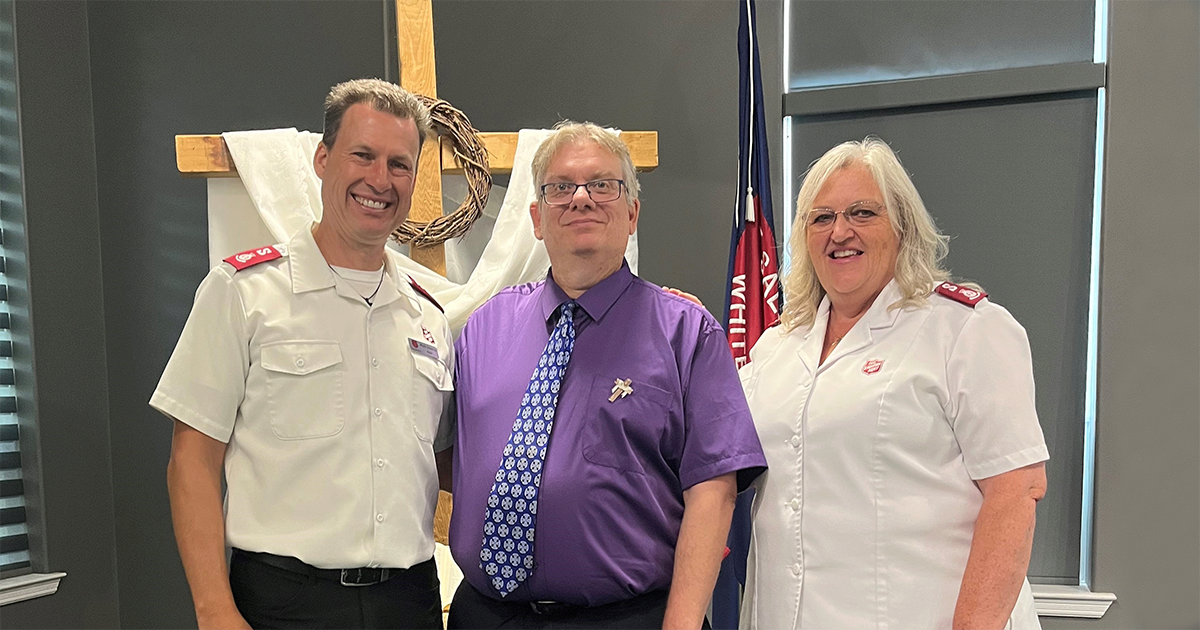
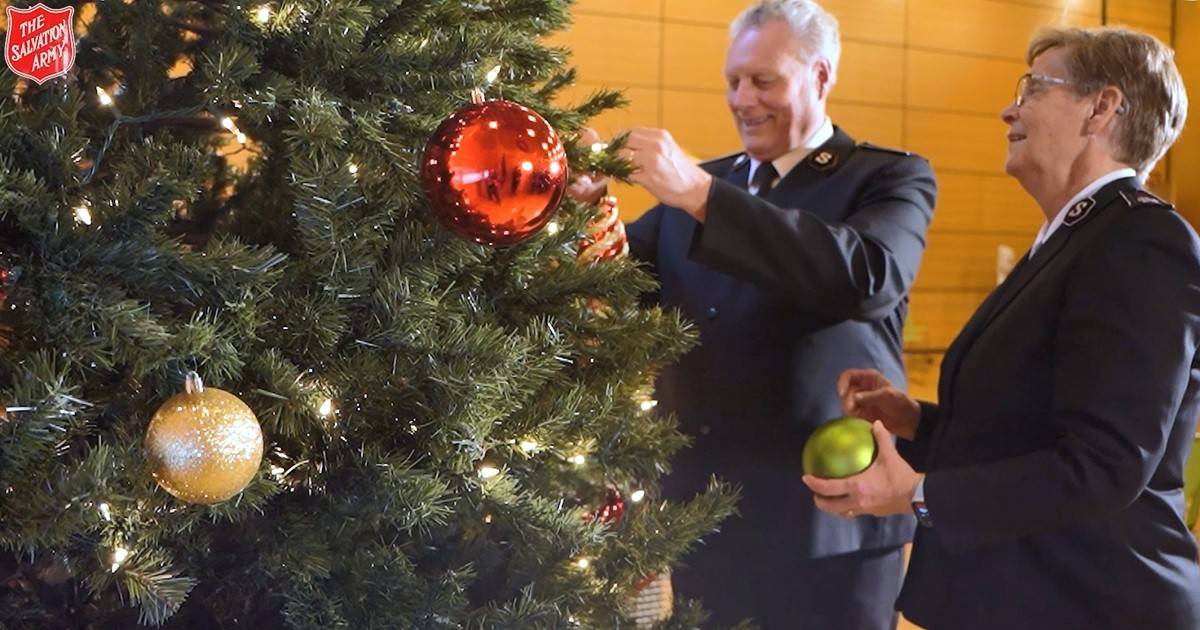



I belong to a church in Sarasota, Florida that may be interested in having a Sabbath Garden. The idea appeals to me because I am an avid gardener. I once owned a 16 acre farm. When I moved off the farm and into a neighborhood, everyone wanted me to help them with their landscaping, because they liked what I had done to my yard. At 71, I want to retire from landscaping for profit, but I never want to stop gardening!